East Polk Rotary Facilitates Meeting with ABI
On August 30, 2013 East Polk Rotarians Walt Mozdzer, Ryan Swalwell, and Mike Hamilton met with representatives of the Iowa Association of Business and Industry, a trade group committed to closing the "skills gap" between Iowa employers and potential employees.
The meeting was scheduled in hopes that the Iowa Industrial Technology Exposition, held annually at Southeast Polk High School, could become a platform for identifying the next generation of middle skill employees.
The meeting was focused on closing the gap that currently exists between Iowa manufacturers and the lack of skilled workers they need to operate at full capacity. Leisa Fox from ABI shared that, although most people think agriculture is Iowa's top industry, it is actually manufacturing. She told us that there are many Iowa companies that would like to add a third shift to their operations to fill demand, but they can't find enough skilled workers to make it happen. In fact, manufacturing represents 87.9% of Iowa's exports and 32% of Iowa's counties are manufacturing dependent.
Phil Cronin, a vo-tech instructor at SE Polk, shared some of the history and statistics around the Tech Expo. He said that many parents and school administrators are judged, in part, on how many students enroll in a four-year college. He also battles long-held stereotypes that a career in manufacturing is a dead end, dirty, and unforgiving choice. So it is an uphill battle, especially given the new manufacturing reality which is that these openings are often high-tech, involving metalurgy, robotics, programming, CAD skills, maintenance engineering, etc. Many of these jobs pay $60,000-80,000 with full benefits after only an 18-month training program.
I saw firsthand when I toured a manufacturing operation (Techton) in Spencer, Iowa last Spring. The business manufactured all sorts of parts for various industries and was especially skilled at "additive" manufacturing, where they take an existing part from another supplier, and engineer and build an additional part to it to fill a demand order. The floor was clean and shiny, virtually all scrap and waste fluids were recycled, and the workers made, on average around $75,000 per year with all health insurance paid for them and their entire families.
The discussion back in the room took many turns as each party learned more about the other's capabilities and connections. ABI's new website, www.elevateiowa.com is dedicated to raising the awareness of careers in clean manufacturing. It was suggested that Leisa contact Tom Downs, club member, and President of the Iowa Association of School Boards to understand more about how both groups can work together. Phil felt that ABI should be an exhibitor at the Iowa Association of School Boards Conference to spread the word of need for workers. ABI will also look into attending the Industrial Arts Conference. In addition, Leisa mentioned that October 4th is Manfacturing Day in Iowa and there will be a multi-day tour involving the Governor's Office, ABI and possibly even leaders of the Tech Expo such as Phil.
Another idea that came from the meeting is that Iowa companies would very likely infuse money into the conference through exhibit booths and cash to sponsor schools to hire bus drivers and substitute teachers as well as travel costs for the students. They could very easily write checks for $200-500 if they were able to get visibility and facilitate education and motivation of the next generation of their workers. Phil said current exhibitors were paying $25 to man a booth, and Leisa said new exhibitors would pay upwards of $1,000 each.
We concluded the meeting with the goal of working together to increase participation of Iowa schools and raise the general awareness among school administrators, parents, and students about the viability of manufacturing careers in the state. In the end, rural economic vitality is critical to continued economic development of Iowa.
In the end, as club members we are elevating the community's awareness of the work we do in East Polk County and building a spiderweb of connections with other organizations that will possibly lead to more opportunities for membership and fundraising.
